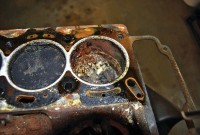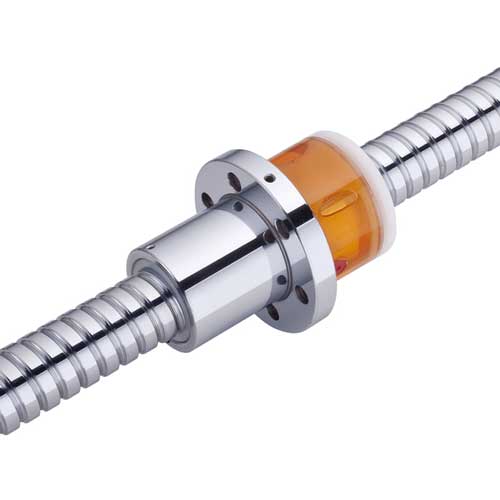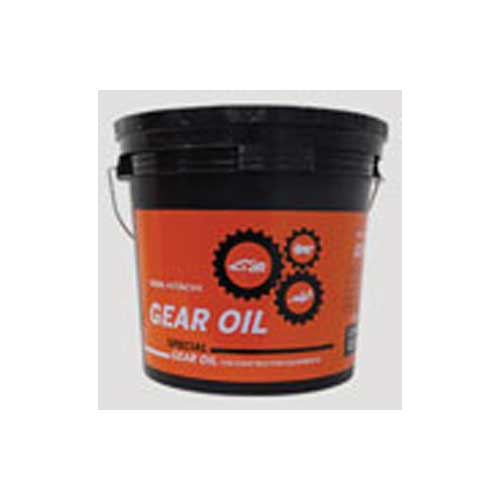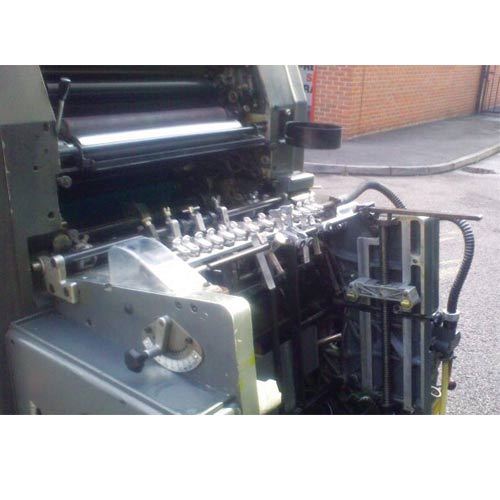Schedule a Call Back
Control humidity to mitigate corrosion
 Technical Articles
Technical Articles- Oct 01,17

- >> It is suitable for maintaining RH up to 45% or above;
- >> It continues to pump heat into the enclosure, since the heat of compression is rejected continuously within the enclosure;
- >> High ambient temperature reduces the efficiency of the condensing system and requires high energy consumption for RH control
| Examples of inorganic corrosion | Examples of organic corrosion |
|
Defence: In defence, operational reliability and availability are the key words. Corrosion is the prime enemy of equipment in storage, like tanks, ammunition, aircrafts etc. The variety and number of items required to back-up a military, airforce or naval unit is immense and while in storage, problems of operational availability, reliability and downtime are confronted.
Marine: In the marine industry, rust spells doom. machinery, spares, engines, boilers, electrical and electronic systems aboard the ships or near off-shore facilities require protection from corrosion.
Power plants: In the power industry, the power plant may need to be deactivated for temporary lay up or extended cold standby or simply for storage of back-up turbines. It is during such times, the entire plant needs a safeguard against corrosion.
Blasting: During sandblasting operations, the blasted surface begins to rust immediately after it is cleaned for painting, preventing proper paint adhesion.
Storage of parts: In the storage of precision parts, before assembly of small or big spare parts, or a finished inventory, rust spells a rejection rate as high as 50%.
Ball bearings: Metal components, precision parts and equipment tend to rust and corrode due to moisture in the air.
Blades: Blades are prone to rusting in storage prior to packing, if not stored in humidity controlled area.
|
Breweries and distilleries: Organic corrosion is an inherent problem in breweries and distilleries where fungus growth on walls, hop storage, fermentation and yeast room is unacceptable under stringent hygiene demands of the process.
Seed storage: Mold and fungus growth on seeds during storage makes them unfit for consumption and germination.
Archival material: Mould and mildew on stored maps, film negatives, books or paintings in museums and libraries destroys their usefulness and reduces their longevity.
Chemical and pharmaceuticals: Fungus growth or organic compounds and medicinal substances renders them useless.
|
Related Stories

Hindustan Zinc advocates galvanization to save 5% of India’s GDP
Galvanized steel provides robust corrosion protection and enhances safety and resale value of steel products.
Read more
Surface Modification Technologies aims for global expansion: Dr Umesh Mhatre
In this interview, Dr Umesh Mhatre, MD, Surface Modification Technologies Pvt Ltd, highlights his company’s contribution to the growth of manufacturing sector and plans for IMTEX 2025 exhibition.
Read more
Installation of FGD units represents Rs 60 bn market potential: Adheesh Ramani
In this interview with Rakesh Rao, Adheesh Ramani, CEO, Jasmino Corporation Pvt Ltd, explains criticality of rubber lining for process industries and its role in protecting capital equipment and red..
Read moreRelated Products

E2 Self-lubricant Ballscrew
IBK Engineers Pvt Ltd offers a wide range of HIWIN E2 self-lubricant ballscrew.

Lubricants - Gear Oils
Tata Hitachi Construction Machinery Company Private Limited
offers a wide range of lubricants - gear oils.

Moly Based Dry Film Lubricant
Chem-Verse Consultants (India) Pvt Ltd offers a wide range of moly based dry film lubricant. Read more















